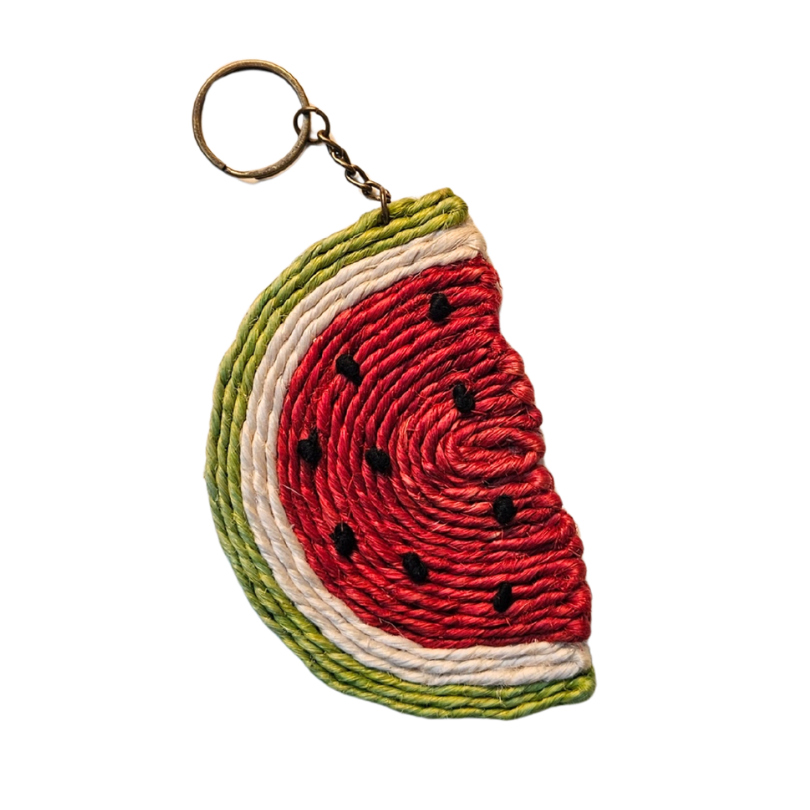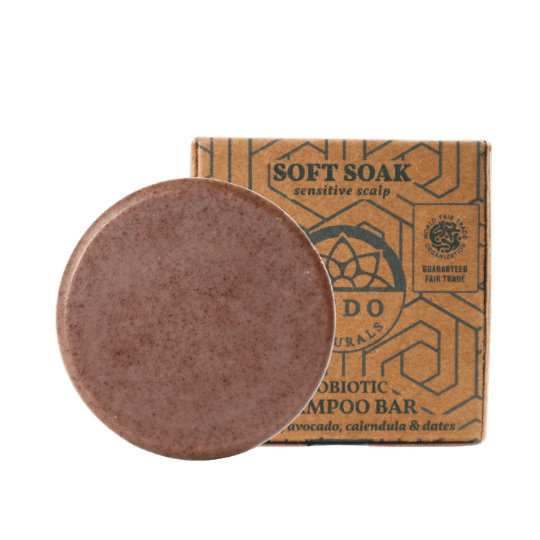What is Consortium Probiotics Skincare?
- Indo Naturals

- Jan 24, 2024
- 4 min read
Probiotics are live microorganisms, usually bacteria referred to as "good bacteria" because they support a balanced and healthy ecosystem of microorganisms, a key part of our body's immunity system. In addition to this, research is showing the potential for several promising benefits such as consuming and riding off pollution and other unwanted particles on the skin, reducing skin inflammation, strengthening the skin barrier, and promoting healing of wounds and scars (find sources in the end).
Probiotic is making its way into skincare with promising results. Yet, the development of probiotic skincare is still quite new. Often only one or two strains are added to the skincare product, or different bacteria are added one by one. This can result in a non-resilient skincare without the many potential benefits, or worst case, the microorganisms do not survive in the product, becoming postbiotics rather than probiotics.
Consortium Probiotics is when several strains of probiotic bacteria and other microorganisms grow together in one probiotic culture. When successfully creating such a culture, the different microorganisms interact and get used to living together, resulting in synergistic effects. Consortium Probiotics has shown promising results in creating a strong, effective, and resilient probiotic culture.
Our soap leverages the power of consortium probiotics, combining 19 strains of bacteria and yeast (including Lactobacillus, Bifidobacterium, Saccharomyces, Streptococcus, Enterococcus, Escherichia, and Bacillus) in a symbiotic partnership. This blend harnesses the unique strengths of each microorganism, resulting in synergistic effects that enhance overall effectiveness.
Unlike non-consortium probiotic skincare products where microorganisms are added individually, our formula fosters a thriving community of probiotics. Since the microorganisms co-exist and evolve together, they utilize the different strengths of each microorganism, making the probiotic culture more robust and adaptable. This results in a more resilient probiotic culture with a diverse community better equipped to overcome different environments such as the soap-making process and living inside soap bars.
The formulation of consortium probiotics is added into the soaps as liquid and as powder. Adding it in two forms is another way of strengthening the probiotic culture in the soap bars.
Some might doubt that microorganisms can survive the soap-making process and live inside a soap bar. However, remember that microorganisms live all around us in nature, surviving in even the most extreme environments. Different microorganisms can tolerate immense pressure in the depths of the ocean, survive without sunlight in cave systems, and live in cold and extreme heat. These microorganisms survive these conditions by themselves. It is therefore not a challenge for a well-formulated consortium probiotic culture to live through a soap-making process and feed on the saponified oils of the soap bar.
If you want to dig deeper into the scientific research, under is a list of sources.
Sources
Consortium Probiotics:
"The Role of Probiotics in Skin Health: A Review" by J. L. Kang et al. in International Journal of Molecular Sciences (2021)
"Consortium Probiotics: A Review" by S. M. Kaci et al. in Journal of Pharmaceutical Sciences (2019)
"Microbial Life in Extreme Environments: A Window into Bacterial Adaptation and Evolution" by C. S. Walsh et al. in FEMS Microbiology Reviews (2013)
Balancing the Skin Microbiome:
"The Role of Probiotics in Skin Health: A Review" by J. L. Kang et al. in International Journal of Molecular Sciences (2021): This review highlights the importance of a balanced skin microbiome and discusses how probiotics can contribute to its equilibrium.
"Skin Microbiome: Overview and Key Features" by A. E. Grice et al. in Nature Reviews Microbiology (2008): This article provides a detailed overview of the skin microbiome and its composition, laying the foundation for understanding how probiotics interact with it.
Reducing Inflammation:
"Anti-inflammatory Effects of Probiotics in Skin Diseases" by S. Kim et al. in Annals of Dermatology (2017): This review focuses on the anti-inflammatory properties of specific probiotic strains and their potential in treating skin conditions like eczema and rosacea.
"Lactobacillus reuteri Supplementation Modulates Immune Responses and Reduces Symptoms in Adults with Atopic Dermatitis" by E. A. Bowe et al. in Journal of Allergy and Clinical Immunology (2015): This study provides clinical evidence for the beneficial effects of L. reuteri in reducing inflammation and symptom severity in people with atopic dermatitis.
Strengthening the Skin Barrier:
"Probiotics for Skin Health: Current Status and Future Perspectives" by H. J. Hong et al. in Journal of Investigative Dermatology (2023): This recent review offers a comprehensive overview of the current research on probiotics in skin health, including their role in barrier strengthening.
"Lactobacillus plantarum Affects Tight Junction Proteins and Transepidermal Water Loss in Healthy Human Skin" by M. E. Ali et al. in International Journal of Molecular Sciences (2015): This study demonstrates the impact of L. plantarum on tight junction proteins, crucial components of the skin barrier, and its ability to reduce water loss.
Promoting Wound Healing:
"Probiotics and Skin: Beneficial Effects in Wound Healing" by M. H. Kim et al. in BioMed Research International (2020): This review summarizes the available evidence on the use of probiotics in wound healing and points to their potential benefits in accelerating tissue repair.
"Oral Supplementation with Lactobacillus plantarum KCCM 8045 Enhances Cutaneous Wound Healing in Mice" by H. Y. Jeong et al. in Journal of Microbiology and Biotechnology (2015): This study investigates the specific effects of L. plantarum KCCM 8045 on wound healing in mice and provides insight into the mechanisms involved.



































